Shenyi

Shenyi (深衣, Wade–Giles: Shên-i) is the historical Chinese attire for men which is recorded in Book of Rites and advocated in Zhu Xi's Common Rites. [1]It has been the informal dress since Shang Dynasty. It was a form of informal wear for the scholar-official in Song Dynasty and Ming Dynasty. It was also introduced to Korea and Japan and exerted influences on Hanbok and Kimono. The Shenyi Center of Chinese Medicine is named after it.
Design of Shenyi
Shenyi in later dynasties directly descended from the shenyi worn in earlier dynasties, like Han Dynasty. Shenyi originally is made of ramie cultivated in China. Ramie fabric needs to be bleached and produced 45 to 60 centimeters wide textile. The yi (衣, blouse) and chang (裳, skirt) of the shenyi is sewn together. The upper part is made up of 4 panels of ramie fabric, representing four seasons of a year. 2 panels are fold and sewn to cover the upper body. Another 2 panels of ramie fabric are sewn onto each side of the yi as two sleeves. The lower part is made up of 12 panels of fabric sewn together (十二片縫合), representing 12 months a year. Its sleeves are wide with black cuff. A wide sash (大帶) is tied in the front.
 Structure of shenyi
Structure of shenyi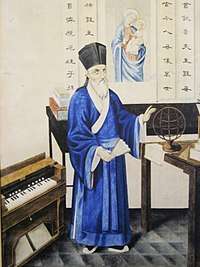
Drawings of Shenyi
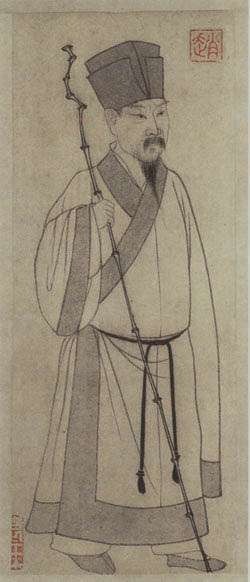

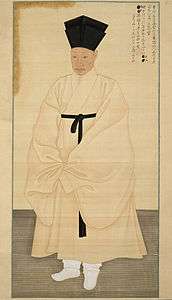
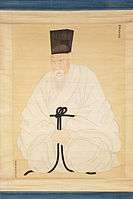
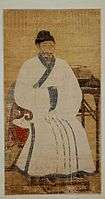


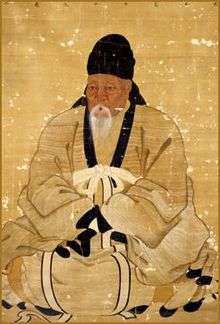
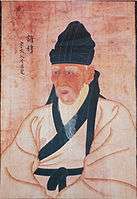
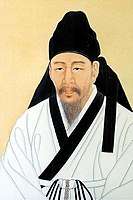
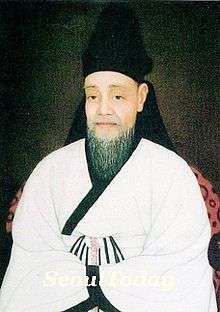
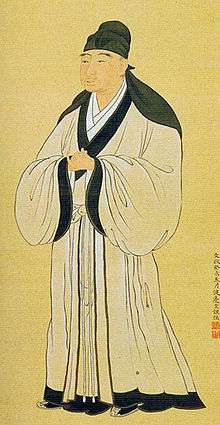

References
- ↑ 《朱子家禮》
